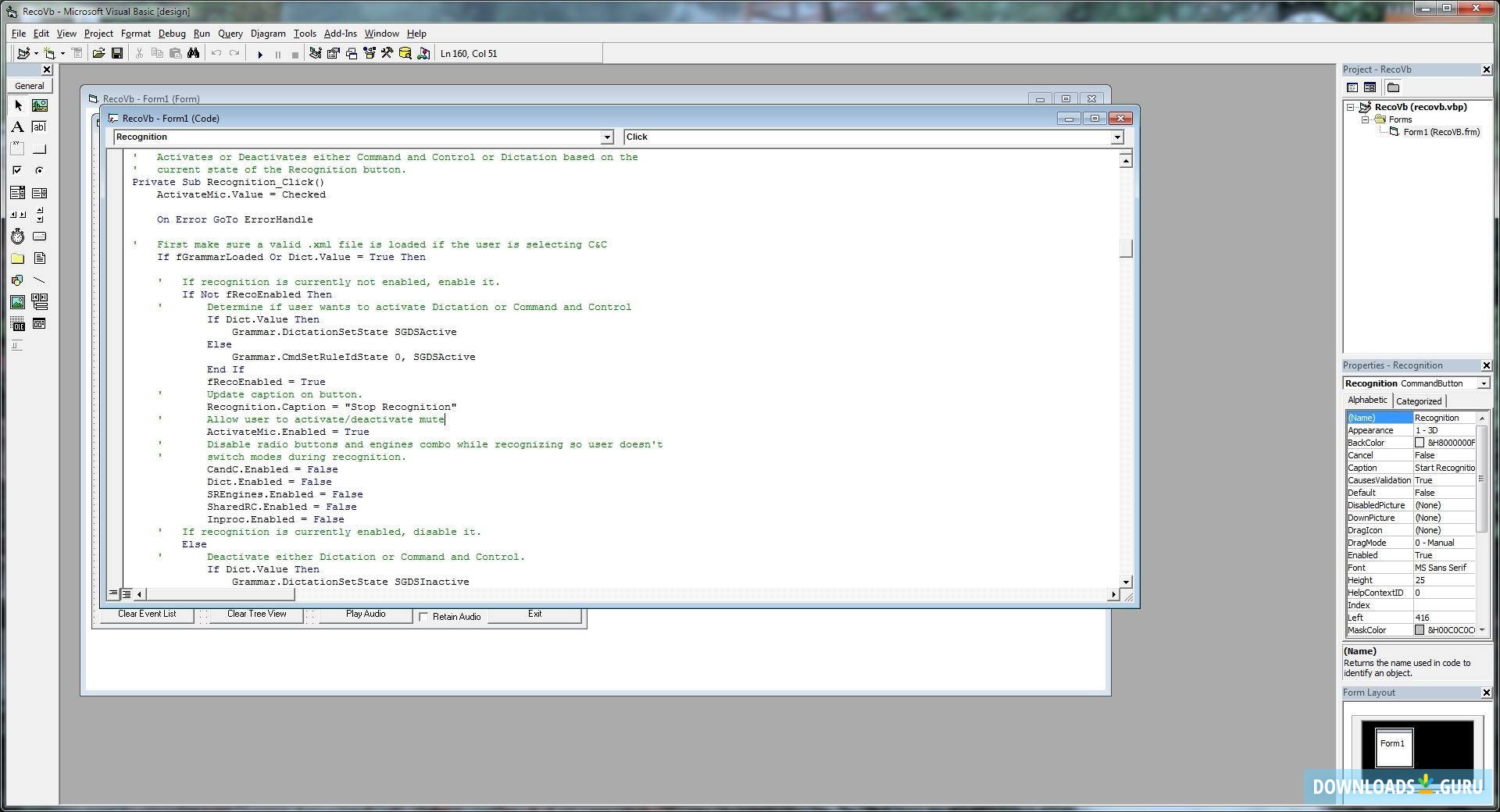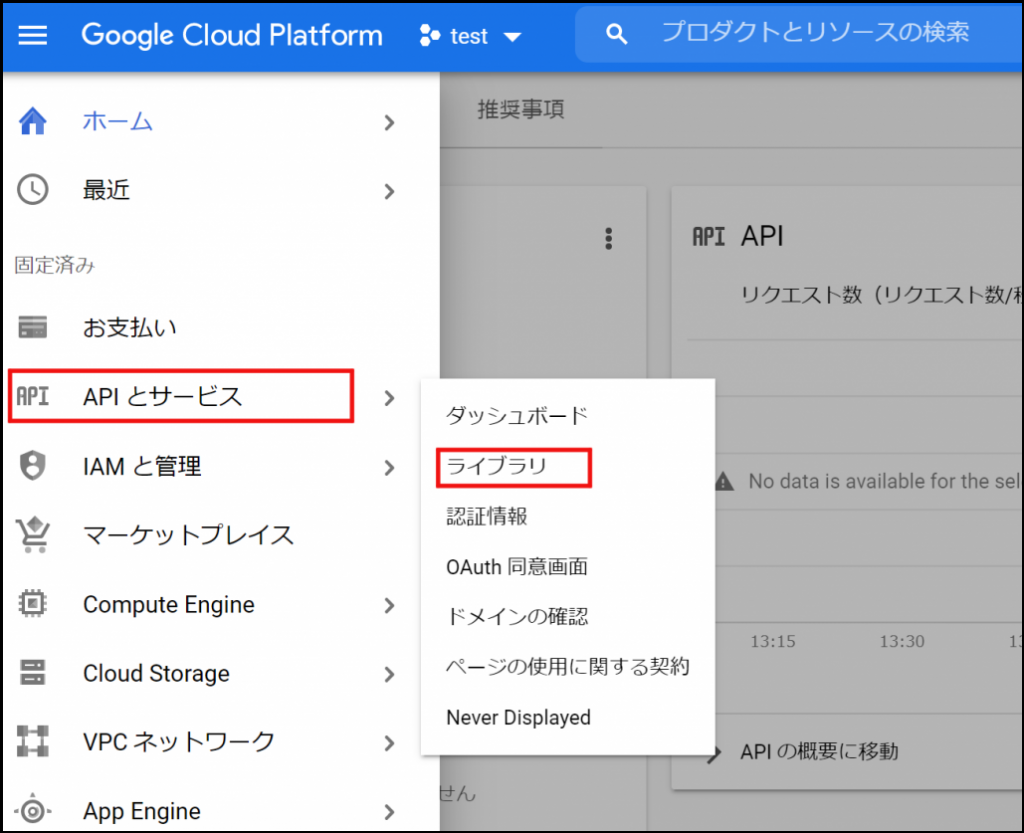

Both keys are tied to the same quota, so you can use either key. After you select the Speech API, select Get API Key to get the key.
#MICROSOFT SPEECH TO TEXT API TRIAL#
You can get free trial subscription keys from the Cognitive Services subscription page. The Speech API is part of Cognitive Services. Prerequisites Subscribe to the Speech Recognition API, and get a free trial subscription key Bing Speech Service has been deprecated, please use the new Speech Service. NOTE: The content of this repository is supporting the Bing Speech Service, not the new Speech Service.
#MICROSOFT SPEECH TO TEXT API DOWNLOAD#
Please check out Microsoft Cognitive Services Speech SDK for documentation, links to the download pages, and the samples. The new Speech SDK comes with support for Windows, Android, Linux, Javascript and iOS. We released a new Speech SDK supporting the new Unified Speech Service. Please use the new Cognitive Services Speech SDK! September 2018: New Microsoft Cognitive Services Speech SDK available For other languages and platform check out the Speech SDK home page. The open-source Javascript version can be found here. The version 1.3 of the Cognitive Services Speech SDK is available. View the Project on GitHub Azure-Samples/SpeechToText-WebSockets-Javascript RequestMicrophonePermission: function () else if (error.SDK & Sample to do speech recognition using websockets in Javascript If (exception->HResult = AudioCapturePermissions::NoCaptureDevicesHResult)Īuto messageDialog = ref new Windows::UI::Popups::MessageDialog("No Audio Capture devices are present on this system.") Ĭatch (Platform::ClassNotRegisteredException^ ex)Īuto messageDialog = ref new Windows::UI::Popups::MessageDialog("Media Player Components unavailable.") Return create_task(capture->InitializeAsync(settings)) MediaCapture^ capture = ref new MediaCapture() Settings->MediaCategory = MediaCategory::Speech Settings->StreamingCaptureMode = StreamingCaptureMode::Audio

MediaCaptureInitializationSettings^ settings = ref new MediaCaptureInitializationSettings() IAsyncOperation^ AudioCapturePermissions::RequestMicrophonePermissionAsync() Var messageDialog = new Windows.UI.Popups.MessageDialog("No Audio Capture devices are present on this system.")

If (exception.HResult = NoCaptureDevicesHResult) Thrown when an audio capture device is not present. If this occurs, show an error or disable recognition functionality. Thrown when permission to use the audio capture device is denied. Var messageDialog = new Windows.UI.Popups.MessageDialog("Media player components are unavailable.") Thrown when a media player is not available. MediaCapture capture = new MediaCapture() Settings.MediaCategory = MediaCategory.Speech Settings.StreamingCaptureMode = StreamingCaptureMode.Audio MediaCaptureInitializationSettings settings = new MediaCaptureInitializationSettings() Request access to the audio capture device. Public async static Task RequestMicrophonePermission() / True, if the microphone is available. / the setting while the app was suspended or not in focus. / You should perform this check every time the app gets focus, in case the user has changed / Note that this method only checks the Settings->Privacy->Microphone setting, it does not handle Private static int NoCaptureDevicesHResult = -1072845856 If no microphone is present, an exception is thrown with the following HResult value. This snippet shows how your app can check if a microphone is present and if it has permission to use it. If you also want to support dictation, Cortana, or other speech recognition services (such as a predefined grammar defined in a topic constraint), you must also confirm that Online speech recognition (Settings -> Privacy -> Speech) is enabled. However, as the user can choose to turn this setting off at any time, you should confirm that your app has access to the microphone before attempting to use it. If the user clicks Yes to grant access to the microphone, your app is added to the list of approved applications on the Settings -> Privacy -> Microphone page. For more detail, see App capability declarations. To automatically prompt the user with a system dialog requesting permission to access and use the microphone's audio feed (example from the Speech recognition and speech synthesis sample shown below), just set the Microphone device capability in the App package manifest. To support speech recognition with your app, the user must connect and enable a microphone on their device, and accept the Microsoft Privacy Policy granting permission for your app to use it. Speech recognition is made up of a speech runtime, recognition APIs for programming the runtime, ready-to-use grammars for dictation and web search, and a default system UI that helps users discover and use speech recognition features. Use speech recognition to provide input, specify an action or command, and accomplish tasks.


 0 kommentar(er)
0 kommentar(er)
